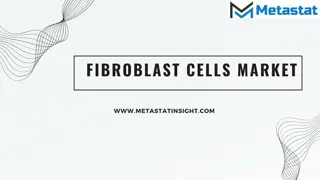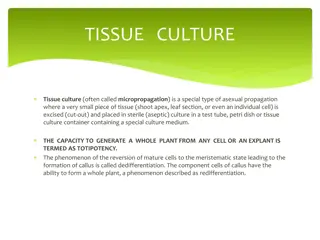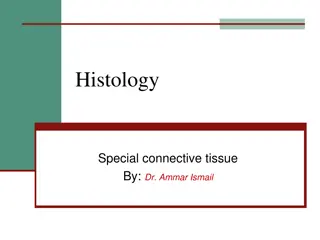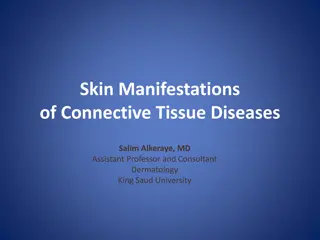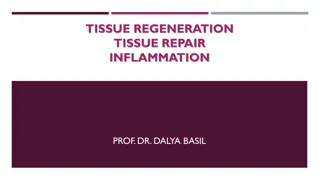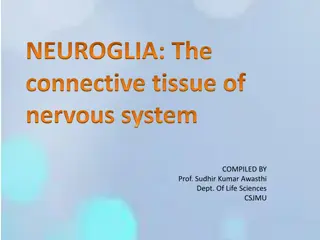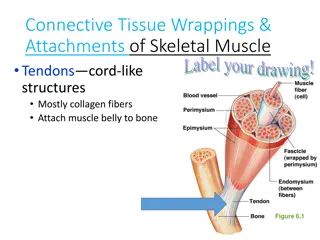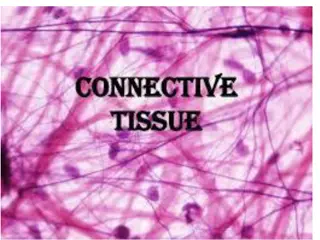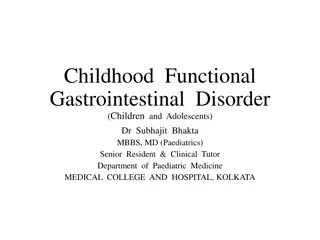Understanding Hypermobility and Connective Tissue Disorders in Children
Hypermobility is a common condition affecting joints, often without significant difficulties. However, in cases like Ehlers-Danlos syndrome and Marfan syndrome, connective tissue disorders with specific symptoms can impact daily life. Learn about the signs, symptoms, management, and the role of a physiotherapist in supporting children and families dealing with hypermobility. Explore common symptoms and conditions associated with joint laxity and connective tissue disorders.
Download Presentation

Please find below an Image/Link to download the presentation.
The content on the website is provided AS IS for your information and personal use only. It may not be sold, licensed, or shared on other websites without obtaining consent from the author. Download presentation by click this link. If you encounter any issues during the download, it is possible that the publisher has removed the file from their server.
E N D
Presentation Transcript
Hypermobility Nicky Race Senior paediatric Physiotherapist
Objectives What is hypermobility Signs and symptoms Management of hypermobility Role of the Physiotherapist How to support a child/ family with hypermobility Case studies Questions and answers
What is hypermobility? Hypermobility is a description of joint movement. The ligaments that offer stability to a joint are lax and therefore the joints have more flexibility Hypermobility lies within a spectrum, it is a common condition within the general population and many individuals do not experience any significant difficulties Hypermobility should be regarded as a normal variant , difficulties manly occur when there is imbalance of muscle or when there is deconditioning. Hypermobility affects between 8-39% of school age children, with girls more commonly affected than boys (Castori and Hakim 2017) Hypermobility can occur throughout the body and is assessed using the Beighton scale.
Ehlers-Danlos syndrome The Ehlers-Danlos syndromes (EDS) are heritable connective tissue disorders affecting the quality of collagen in every part of the body. loose, unstable joints that dislocate easily. Symptoms include: joint pain and clicking joints. extreme tiredness (fatigue) skin that bruises easily. digestive problems, such as heartburn and constipation. dizziness and an increased heart rate after standing up. In 2017 a new international classification of Ehlers-Danlos syndrome (EDS), joint hypermobility and related disorders was published. Strict criteria must be achieved in order to be given the diagnosis of Hypermobile EDS (hEDS) 13 different subtypes of EDS, with genetic testing. No genetic test for hEDS, hence the strict criteria (Ehlers-danlos society.com 2021)
Marfans Syndrome Hereditary connective tissue disorder. Gene defect causes abnormal production of fibrillin resulting in parts of the body being able to stretch abnormally when placed under any kind of stress. Classic symptoms included being tall, longer arm span to height, stretchy skin that scars easily, hypermobile, facial features that include deep set eyes, over crowded teeth, high palate, pectus excavatum or pectus carinatum and scoliosis If suspected patient will be sent for genetic testing and assessment of the heart and eyes. (NHS 2019)
Common symptoms Clicky joints Pain Fatigue Difficulty sitting still or low toned posture Flat feet Reduced balance and coordination Reluctance to walk any distance or participate in physical activity Struggles with fine motor skills such as handwriting and shoe laces
Physiotherapy management Empower the CYP and families to understand the management and develop confidence, skills and knowledge in self management strategies Reassure ++++ Encourage/pace normal activities, PE and sports specific activities Exercise programmes to target imbalances Postural advice Core and balance strengthening such as Pilates Liaison with multidiscipline team, guardians and schools (APCP 2021)
PE and support Though it is usually okay for a child to participate in all PE it is important to know if they have the strength and stamina before engaging in a given activity. Contact sports may need more prep than others Children with hypermobility may struggle during PE and may have a dislike to physical exercises. They may find it difficult to keep up with peers and could lack skills, such as coordination, which makes team contact sports even more challenging There could be a lack of confidence in performing PE, even dread at not keeping up or dropping the ball. It is important to have a good variety on offer, options to have a rest and encouragement to return once rested. Pilates, gym balls, coordination, gym trail. Activities the child enjoys doing!!!
Case study 1 5 year old boy with history of falls and difficulty with fine motor skills reported by school. Often wakes at night with pain in his legs, worse on a busy day Family history of Hypermobility Mum s main concern is feet roll in/flat feet. Sometimes walks on their toes On examination found to have flexible feet and global hypermobility. No structural issues or red flags Treatment: Reassured ++, normalised hypermobility and flat feet, advice given around footwear, increasing physical activity with swimming, play parks and centres. Issued with balance exercises and core work. School liaison and OT as required. Open appointment for parental reassurance.
Case study 2 13 yr old girl, with recurrent history of clicking hips and subluxing knees. Sometimes gets swelling. Poor posture. Dislikes PE but use to swim ++ Family history of hypermobility. Mum has had lot s of issues with her feet and back and doesn t want her daughter to suffer like she has. On examination, tall and slim with long, thin foot. Low toned posture. Beighton score of 9/9. No swelling or structural issues Reassured ++, explained management of hypermobility. Encourage increase of normal activity. Suggest going back to swimming, Pilates, cycle. School liaison. Footwear advice, consider insoles if symptoms not improving. Follow up 8/52 and progress as able. Aim to see max of three times before self management.
References and resources APCP www.apcp.csp.org.uk Symptomatic hypermobility leaflet Castori, M. and Hakim, A (2017) Contemporary approach to joint hypermobility and related disorders. Current opinions in paediatrics 29(6), 640-647 British Society for Rheumatology (2019) Guidance for management of symptomatic Hypermobility in children and young people- A guide for professionals managing children and young people with this condition NHS 2019 Marfans syndrome www.nhs.co.uk/conditions/marfan-syndrome What is hEDS(2021) www.ehlers-danlos.com



